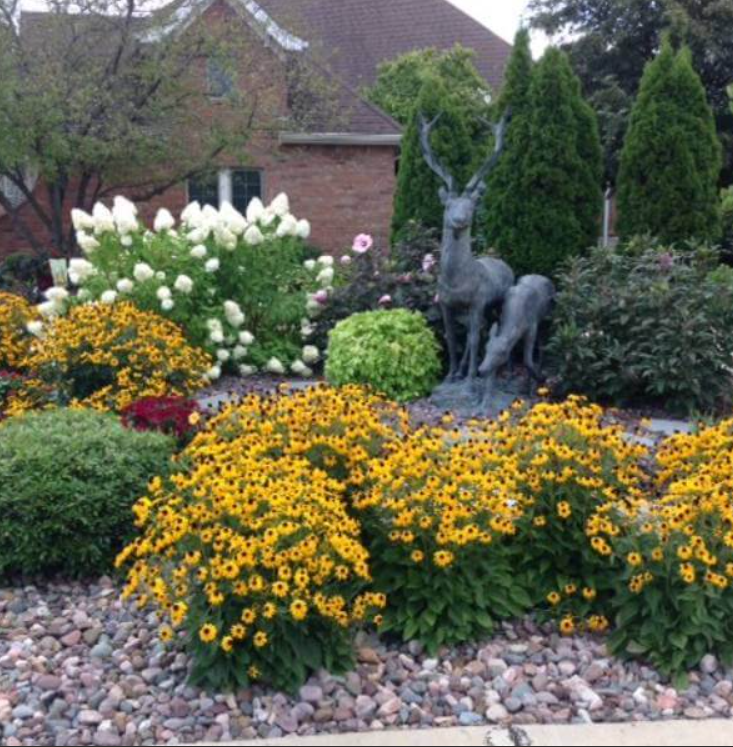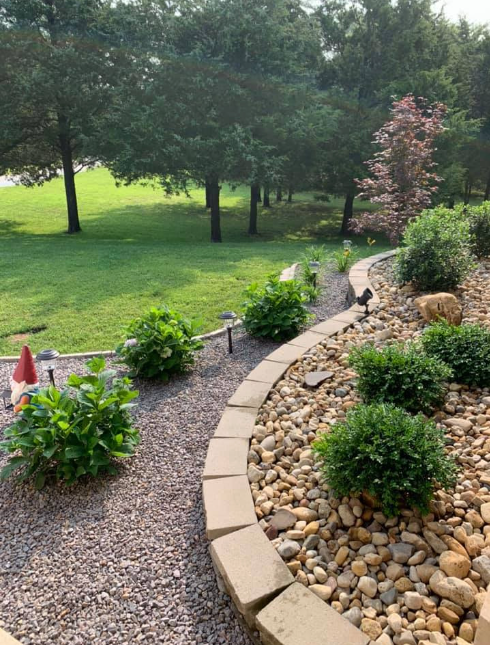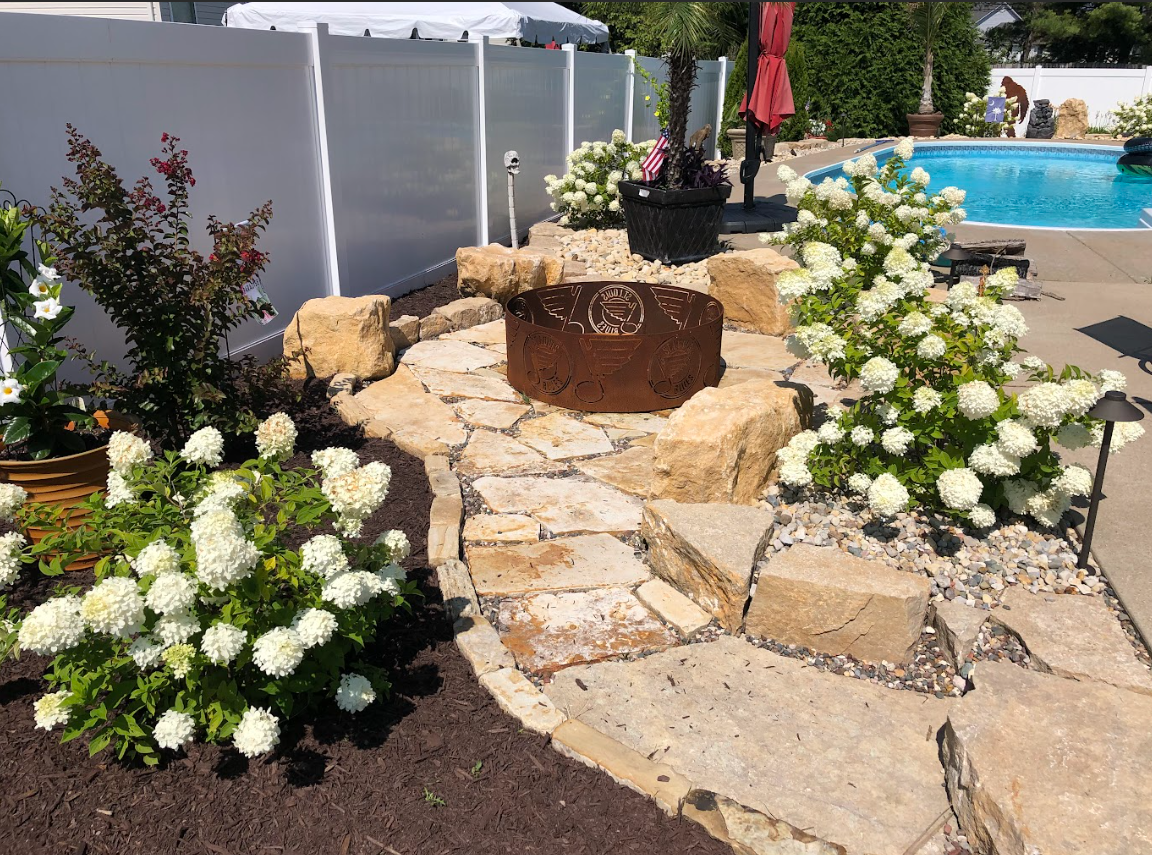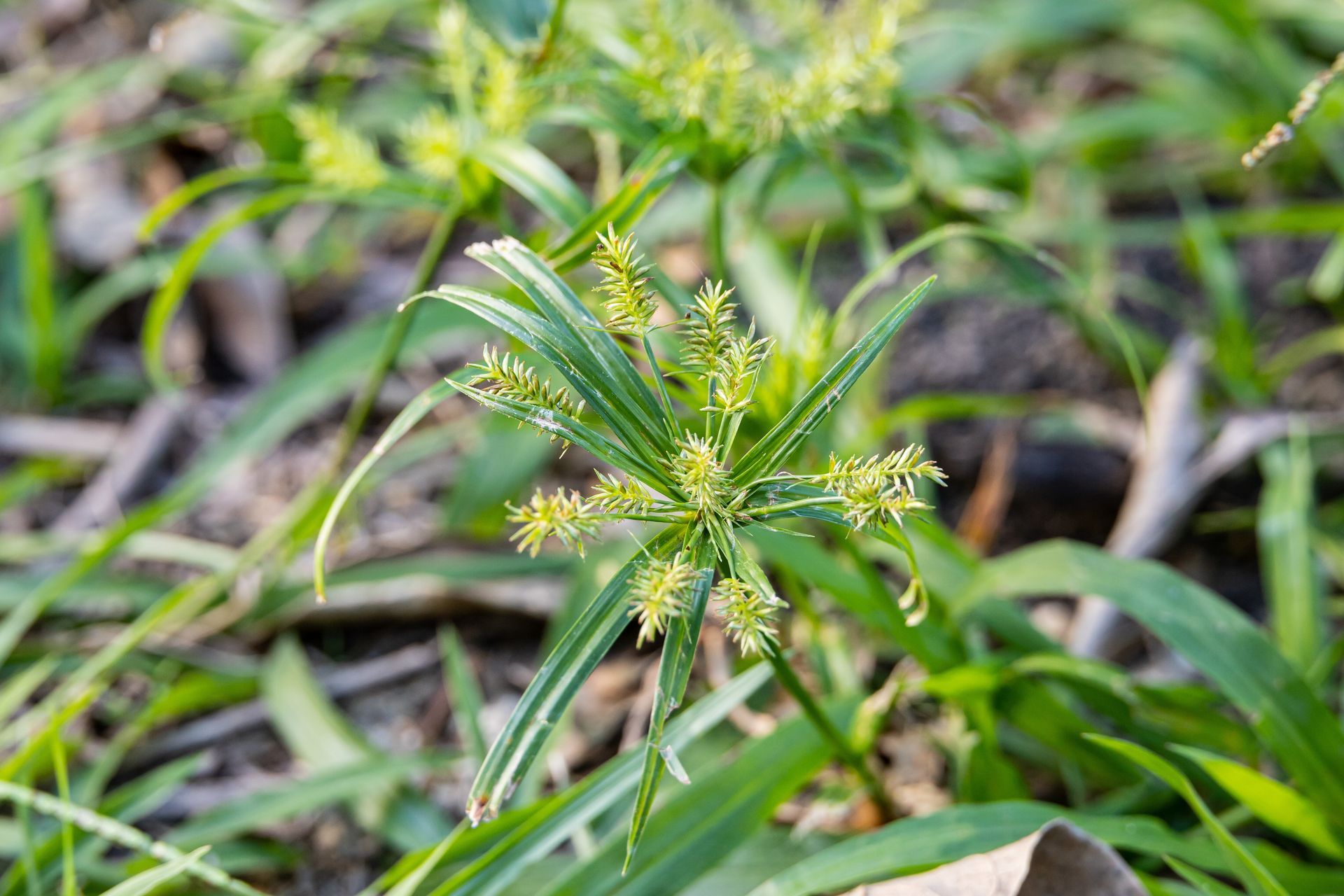Blog

As 2025 approaches, Hackmann Lawn & Landscape is proud to continue growing as one of the most trusted and practical landscaping companies serving St. Charles and St. Louis Counties. Whether you're a homeowner looking for worry-free lawn maintenance, a community manager who needs a reliable landscape partner, or a builder wanting consistent results — we're here to make your job easier. Our Vision: Landscaping That Works for You We know your time is valuable. That’s why we’ve built our company around efficiency, dependability, and convenience . Our goal? To become the perfect choice for clients who want smart, professional solutions without the hassle. Our approach is simple: Strategic scheduling with optimal service windows to help you stay on track with your maintenance goals. Quality landscape products and installations backed by experienced craftsmanship. Prompt, honest customer service from a hands-on, practical administrative team. Advanced logistics and technology to keep our pricing competitive and service smooth. Whether you need routine lawn maintenance or a one-time landscape transformation , you’ll always receive thoughtful planning and reliable service from the Hackmann team. Who We Are Hackmann Lawn & Landscape is more than a service provider — we’re a small, family-owned business that takes pride in building relationships with both our clients and our crew. We are efficient, practical, and resourceful . Our employees are confident, motivated, and detail-driven professionals who listen, communicate, and care. Our clients include residential homeowners , commercial property owners , community associations , and homebuilders — each with unique goals we help achieve. Where We Work We proudly serve St. Charles County and St. Louis County , offering clear and consistent service area pricing so you know what to expect — every time. Ready to Work with a Company That Gets It? We’re here to take the stress out of your landscaping. At Hackmann Lawn & Landscape, we blend industry knowledge with honest service, modern tools, and a can-do attitude — so you can spend more time enjoying your property and less time worrying about it. Let’s get started. Contact us today to schedule your maintenance plan or request a landscaping estimate: www.hackmannlawn.com

Looking to create a beautiful garden this spring, but the unpredictible Missouri Winter Weather has you waiting to get started? Here are 5 expert tips to create a beautiful home garden this spring. Whether you want to grow your own organic food and herbs or you just love gorgeous flowers and shrubs to add to your home's curb appeal, these pro garden hacks from Hackmann Lawn and Landscape in St. Charles MO will have your garden growing like crazy.

Spring has finally arrived, presenting the ideal opportunity to rejuvenate your beautiful lawn. It’s the season when lush greenery and vibrant blooms come to life. After spending months dormant beneath the snow, your grass and plants crave the care they rightfully deserve. As summer approaches, there are vital steps to remember for maintaining the health and appearance of your plants. Following the correct procedures for your lawn is essential; the last thing you want is for it to become a neglected mess. Ensuring that your hard work yields results is key. Continue reading to discover the fundamentals of preparing your lawn for spring.

The vibrant colors, unique shapes and sweet fragrance of flowers add a touch of enchantment to any yard. They make any venue look more calming and welcoming. But sometimes, there are challenges to growing and maintaining flowers. One very important factor to consider before planting flowers is the climate. You wouldn’t want to work hard growing beautiful plants in your yard, without knowing that they will not be able to withstand Missouri’s sometimes unpredictable weather. Luckily, there are several resilient and low maintenance flowers that do well in Missouri’s climate.









